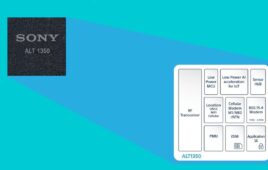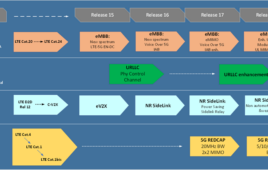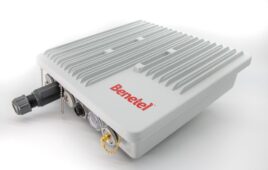Mobile e-mail and messaging solutions provider Seven reports today that it achieved a full year of profitability in 2009 – no small feat given the way the economy went.
In fact, Seven says it grew its user base by 70 percent, with more than 7 million accounts on mobile devices now actively synchronized using Seven. Seven’s platform is compatible with about 550 devices covering Android, Brew, Java, Windows Mobile and Symbian, says Isabelle Dumont, senior director of marketing at Seven.
One significant customer for Seven is MetroPCS because it represents an area outside the traditional postpaid carrier realm, and it’s on an aggressive path to deploy LTE. MetroPCS reaches a slightly different market than postpaid, executives point out.
Seven has worked directly with carriers and OEMs to get its technology to market and while that isn’t changing, Trevor Fiatal, co-founder and chief technology officer acknowledges that there could be opportunities in some markets to make its applications available through an app store. The goal is to offer the best experience to consumers out of the box, so that’s why working closely with operators and device OEMs has been so important.
In addition to running on Android, Seven in 2009 certified 100 more devices worldwide across six operating systems, including BREW, Java, Symbian, and Windows Mobile. The company added new devices ranging from the Nokia N97, Nokia 5800 and Sony Ericsson T715 at Hutchison 3; the Samsung Finesse at MetroPCS; the Samsung Jet; and the Toshiba T-01A at NTT DoCoMo and Telefonica.




